Chinese Concentration Camps For Chinese People
Friday, November 11, 2011
 Shangrao, Jiangxi, China
Shangrao, Jiangxi, China
Hey Hey and a Big G'Day toya,
Chinese concentration camps for Chinese people!
In 1939 a large number of ancestral halls, temples and private houses were occupied forcibly by the Kuomintang Government, many of which became concentration camps, better known as torture chambers or death row.
The Maojialing prison camp (Shangrao Concentration Camp) is the site of what was once the Gexian Temple and is located in the southern suburbs of Shangrao City in Jiangxi Province. In March 1941, the Kuomintang Government imprisoned nearly one thousand (or six hundred officials on record) of the Chinese New Fourth Army who failed to break the siege in the Wannan Incident, which included over eighty communists, anti-Japanese youth and patriots from five southeast provinces.
The Shangrao Concentration Camp was surrounded by high walls and wire netting, with densely distributed lookout posts, more than stern guards along with a guard circle that was set up in a fifteen kilometre radius of the camp. Imprisoned revolutionaries staged the famous Maojialing Uprising there on May 25, 1942. When Japanese invaders captured Shangrao in June of the same year, the camp was moved to Fujian Province.
A martyr cemetery and monument was built in Maojialing in 1955.
The History of the Republic of China
The Republic of China begins after the Qing Dynasty in 1912, when the formation of the Republic of China put an end to over two thousand years of Imperial rule. The Qing Dynasty, also known as the Manchu Dynasty, ruled from 1644 to 1912 and since the republic's founding, it has experienced many tribulations as it was dominated by numerous warlords and fragmented by foreign powers.
In 1928, the republic was nominally unified under the Kuomintang (KMT, the Chinese Nationalist Party) and was in the early stages of industrialisation and modernisation when it was caught in the conflicts between the Kuomintang government, the Communist Party which was converted into a nationalist party, remnant warlords, and Japan. Most nation-building efforts were stopped during the full-scale War of Resistance against Japan from 1937 to 1945, and later the widening gap between the Kuomintang and the Communist Party made a coalition government impossible, causing the resumption of the Chinese Civil War.
A series of political, economic, and military missteps led the Kuomintang to defeat and then retreat to Taiwan in 1949, establishing an authoritarian one-party state that considered itself to be the sole legitimate ruler of all of China. However, since political liberalisation began in the late 1970s, the Republic of China has transformed itself into a multiparty, representative democracy on Taiwan.
Responding to these civil failures and discontent, the Qing Imperial Court did attempt to reform the government in various ways, such as the decision to draft a constitution in 1906, the establishment of provincial legislatures in 1909 and the preparation for a national parliament in 1910. However, many of these measures were opposed by the conservatives of the Qing Court and many reformers were either imprisoned or executed outright. The failures of the Imperial Court to enact such reforming measures of political liberalisation and modernisation caused the reformists to steer toward the road of revolution.
There were many revolutionary groups, but the most organised one was founded by Sun Yat-sen, a republican and anti-Qing activist who became increasingly popular among the overseas Chinese and Chinese students abroad, especially in Japan. In 1905 Sun founded the Tongmenghui in Tokyo with Huang Xing, a popular leader of the Chinese revolutionary movement in Japan, as his deputy.
On January 1, 1912, Sun officially declared the establishment of the Republic of China and was inaugurated in Nanjing as the first Provisional President.
Kuomintang (KMT)
The dominant political party of China from 1928 to 1949, founded chiefly by Sun Yat-Sen in 1912 and led from 1925 to 1975 by Chiang Kai-shek; the dominant party of Taiwan since 1949.
Sung Chiao-jen organised the party in 1912, under the nominal leadership of Sun Yat-sen, to succeed the Revolutionary Alliance. The original Kuomintang program called for parliamentary democracy and moderate socialism. In 1913, Yüan Shih-kai, the president of China, suppressed the Kuomintang although it held a majority in the first national assembly. Under Sun Yat-sen, the party established unrecognised revolutionary governments at Guangzhou in 1918 and 1921 and even sent a delegation to the Versailles Peace Conference. Sun accepted aid from the USSR, and after 1922 many Comintern agents, notably Michael Borodin and V. K. Blücher, helped reorganize the Kuomintang.
At the party congress in 1924 at Guangzhou, a coalition including Communists adopted Sun's political theory, which included the Three People's Principles (San Min Chu I), namely, nationalism, democracy, and the people's livelihood. Sun thought that Chinese national reconstruction must follow a progression of stages: military government, tutelage under the Kuomintang, and popular sovereignty.
In 1926, Kuomintang general Chiang Kai-shek launched the Northern Expedition, advancing north from Guangzhou against the Beijing government. After halting temporarily in 1927, when the Communists were purged and the civil war between the two factions began, Kuomintang forces finally captured Beijing in 1928. The Kuomintang government at Nanjing received diplomatic recognition in 1928 and began the period of tutelage. After several Kuomintang military campaigns, the Communists were forced (1934–35) to withdraw from their bases in south and central China and establish new strongholds in the northwest. The Kuomintang continued to war against the Communists, ignoring the growing Japanese threat until north China was invaded by the Japanese in 1937. Although plagued by bureaucratic inefficiency and corruption, it controlled the Chinese central government until 1947, when it permitted some participation by minor liberal parties.
Its control at the provincial and local level, however, was never complete.
Full-scale civil war, further complicated by inflation, characterized the years from 1945 to 1949. The power of the Kuomintang steadily declined, and by the end of 1949 the Communists controlled the mainland. The Kuomintang, forced from the mainland, remained in power in Taiwan, first under Chiang, then under his son, Chiang Ching-kuo, and Lee Teng-hui.
Sun Yat Sen
Sun Yat-sen, the son of a farmer, was born in 1866. He moved to Hawaii where he was brought up by his older brother. He studied medicine in Hong Kong and after graduating in 1892 he worked in Macao, Guangzhou and Honolulu. Sun Yat-sen became interested in politics and established the Revive China Society.
In 1895 Sun Yat-sen took part at Guangzhou in his first abortive uprising. Forced into exile he lived in Japan, the United States and Britain. While in London he was kidnapped and imprisoned in the Chinese legation. In danger of being executed the British Foreign Office got involved and obtained his release.
The Qing dynasty was finally overthrown in the Chinese Revolution of 1911. Sun Yat-sen briefly became president and with Song Jiaoren established he Kuomintang (National People's Party). When the party was suppressed in 1913 by General Yuan Shikai, Sun Yat-sen escaped to Japan.
Sun Yat-sen returned to Guangzhou and with the the help of advisers from the Soviet Union the Kuomintang gradually increased its power in China. In 1924 it adopted the "Three Principles of the People" (nationalism, democracy and social reform). He also established the Whampoa Military Academy under Chiang Kai-Shek.
Sun Yat-sen died of cancer in Beijing in 1925.
Beers N Noodles toya…..shane
___________________________________________________________
The soundtrack to this entry was by VENOM
The album was 'At War With Satan’
____________________________________________________________
Other Entries

 Shangrao, Jiangxi, China
Shangrao, Jiangxi, China
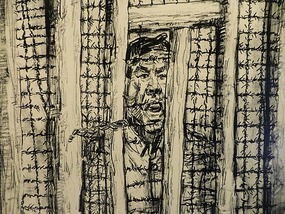
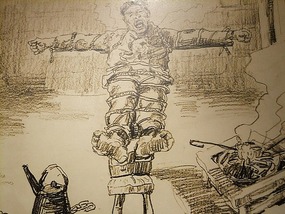
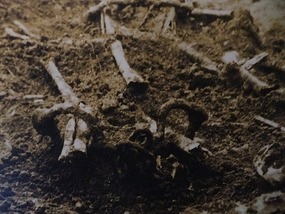
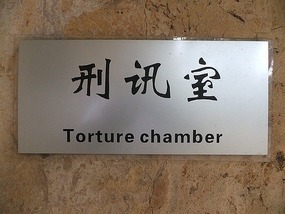
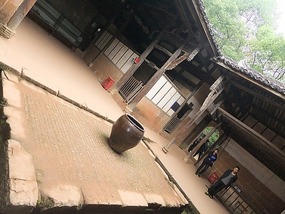
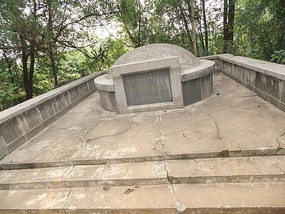
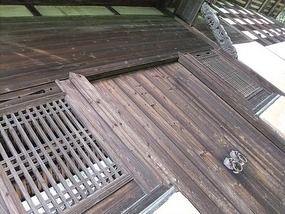

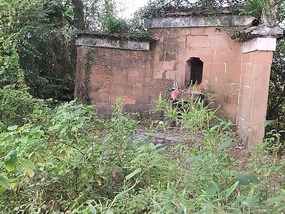
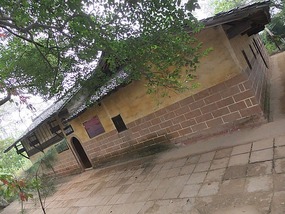
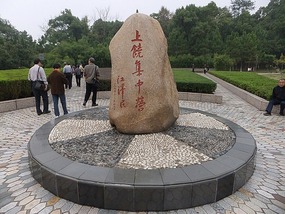
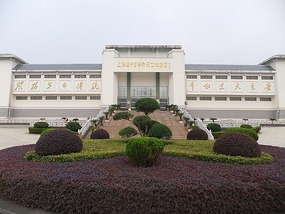

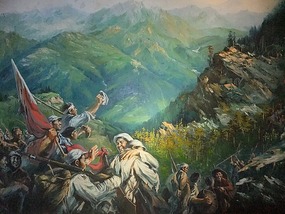
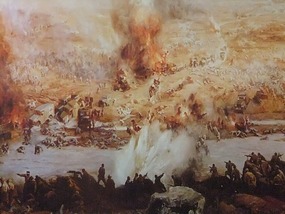
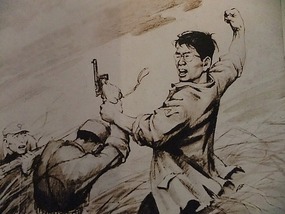
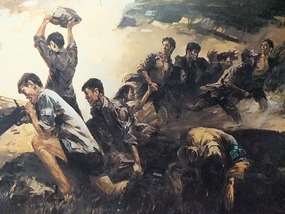
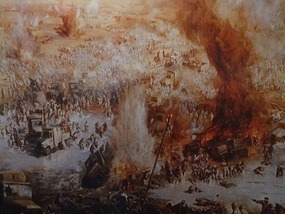
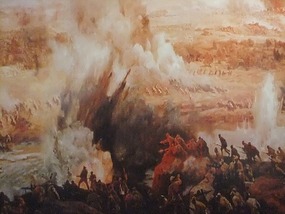

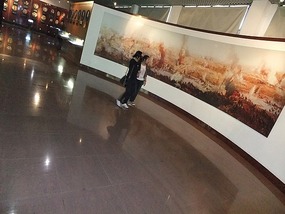
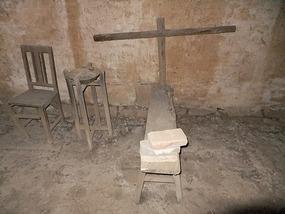
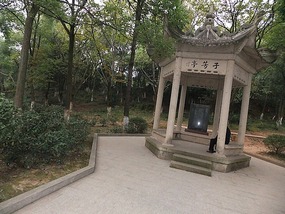


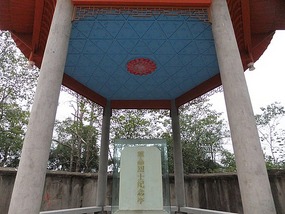
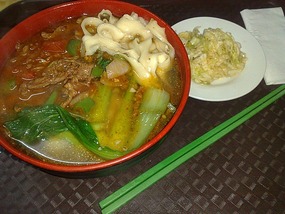
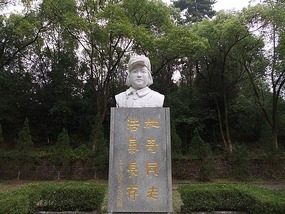
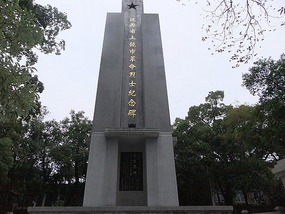
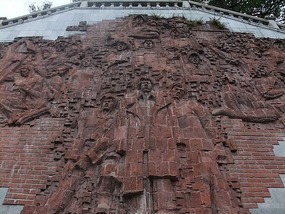
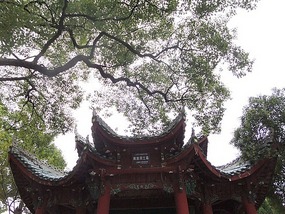
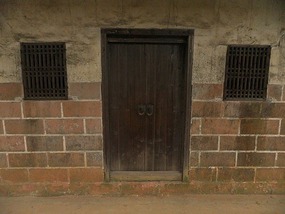


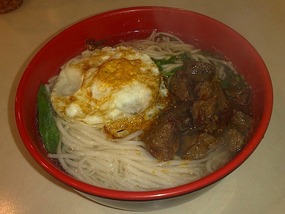
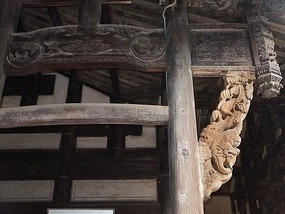
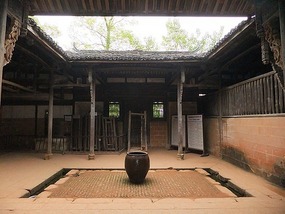
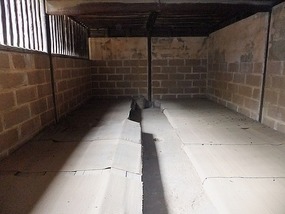
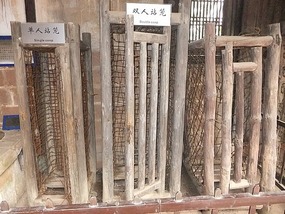
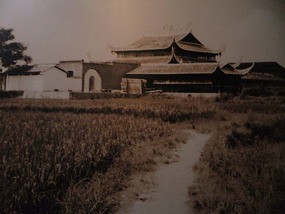

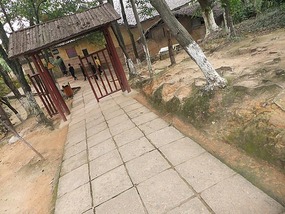
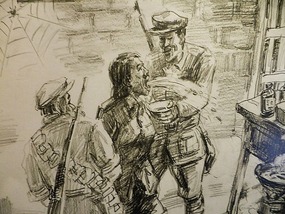
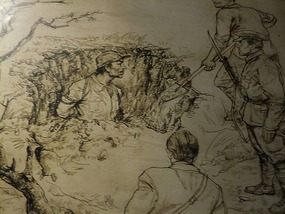
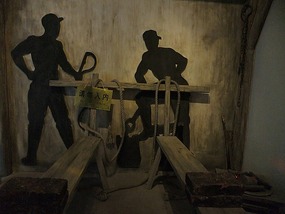
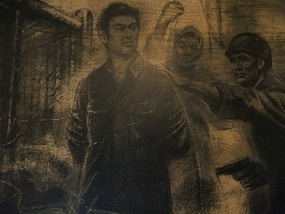
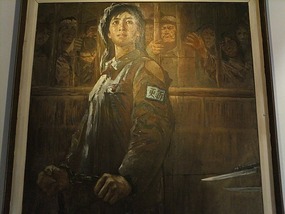
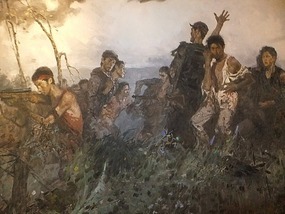
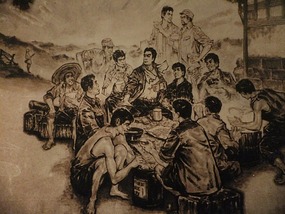

2025-05-22